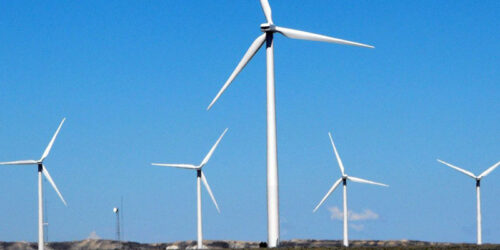Conceptually, energy transition transforms energy sources from fossil fuel-based to clean energy that does not produce carbon emissions. Fossil energy has been used for a long time and has created significant greenhouse gas emissions worldwide. One clean energy source in the world is renewable energy, which is more sustainable than fossil fuels. Renewable energy is more efficient and effective than fossil energy. In line with global ambitions, countries in the world work together to overcome the problem of climate change and towards net zero emission for all sectors, including energy. In the future, energy transition trends can affect regional geopolitics worldwide.
Unfortunately, petroleum is still an essential energy source in this world today. Therefore, the largest petroleum-producing countries in the world can be said to be able to hold the world trade market. Countries such as the United States, Russia, and Saudi Arabia are countries that contribute the most to oil reserves in the world. Countries that have oil reserves can influence energy geopolitics. For example, there was an oil embargo by Saudi Arabia in 1973, and currently a conflict between Russia and Ukraine. This incident not only made world oil prices soar but also the prices of other energy commodities.
The energy transition is expected to reduce the impact of geopolitics when these incidents happen in the future. Countries can develop the potential of renewable energy to meet domestic energy needs. Asia is one of the world’s regions with great potential for renewable energy. The following graph shows that Asia is the highest global producer of renewable energy compared to other regions in the world. In 2019, Asia produced 1.89 M GWh of renewable energy, almost half of global renewable energy. China is the highest renewable energy producer in Asia.
Several countries in Asia, such as Indonesia and the Philippines, have many energy sources, from geothermal and hydro. Around 34% of the world’s geothermal resources, with a total installed capacity of 15 GW by 2020, are in Asia. This makes Asia the largest geothermal producer in the world. In addition, Asia is also the largest producer of hydropower in the world. The following graph shows this. Geothermal and hydropower are renewable energy needed to support the energy transition. In this case, Asia has the potential for developing energy transition in terms of renewable energy production, especially geothermal and hydropower.
From an energy transition perspective, Asia can become a strong player in the world’s energy transition market. Previously, the United States, Russia, and countries in the Middle East were the centers of the world’s energy market; Asia can enter with its renewable energy potential. Indonesia, as one of the countries in Asia, also has considerable potential to produce renewable energy. From 2011 to 2016, Indonesia competed with the Philippines in geothermal production in the Asian Region. The following graph shows that from 2017 to 2019, Indonesia was the largest geothermal producer in the Asian Region. This shows that Indonesia also contributes to the largest geothermal potential in the world, namely in the Asia Region along with the Philippines, Japan, China, and Thailand.







